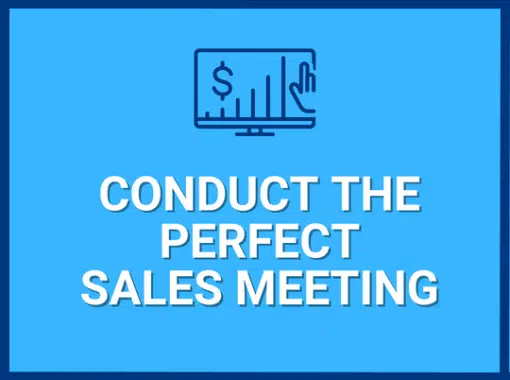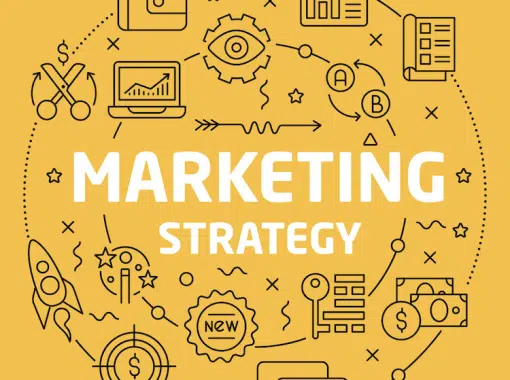
Welcome to our guide on conducting the perfect sales meeting! If you’re reading this, you’ve probably felt the pressure of leading a sales meeting that truly knocks the socks off your clients or prospects. You know that a successful meeting can make or break a deal, but you might not be sure how to execute one flawlessly.
In this guide, we’ll walk you through everything you need to know to conduct a sales meeting that will leave your audience impressed, engaged, and ready to take the next step. We’ll cover preparation, presentation, follow-up, and everything in between, with plenty of tips and best practices along the way. By the end, you’ll know how to successfully sell your pitch.
Table of Contents
Preparation
Proper preparation is the foundation of a successful sales meeting. Before you even step into the room, you should have a clear plan in place for what you want to achieve and how you’ll achieve it. Here are some key steps to take during the preparation phase:
- Research your client or prospect: Research the company, their industry, and their specific needs or pain points. Look for opportunities to highlight how your product or service can solve their problems.
- Set clear objectives and an agenda: Whether it’s to close a deal, establish a relationship, or simply gather information, have a clear objective in mind. Then create an agenda that outlines the key points you’ll cover.
- Invite the right participants: Ensure that you have all the decision-makers and key stakeholders present, as well as anyone else who might be involved in the decision-making process.
- Prepare materials and equipment: Make sure you have all the handouts, slides, or samples of your product or service, and double-check that all equipment is working properly.
Opening the Meeting
The way you open your sales meeting sets the tone for the entire conversation. You want to create an environment that’s welcoming, professional, and conducive to open communication. Here are some tips to help you make a great first impression:
- Set the tone for collaboration: Start by expressing your desire to work together with the client or prospect to achieve their goals.
- Make introductions: If multiple people are in the room, take a moment to introduce everyone. This can help break the ice and put everyone at ease.
- Establish ground rules: Create a safe and respectful environment for discussion. Set ground rules that encourage open communication, such as “Please speak up if you have any questions or concerns.”
- Share the agenda: Review the agenda you prepared during the preparation phase and explain what you hope to accomplish during the meeting.
Presentation and Discussion
Now that you’ve set the stage for a productive sales meeting, it’s time to dive into the heart of the conversation. This is where you’ll present your solution and engage in discussion with your potential customer. Some sales strategies you can use include:
- Keep it focused: Stick to your agenda and avoid getting sidetracked. Be mindful of the time, and make sure you’re covering all the key points you want to make.
- Use visuals: Visual aids like slides, handouts, or product samples can help illustrate your points and make them more memorable.
- Address concerns: Listen actively and respond thoughtfully, showing that you understand their perspective and will find a solution that works for them.
- Encourage discussion: Ask open-ended questions to encourage them to share their thoughts and feelings. This can help build rapport and create a sense of collaboration.
- Show value: Explain how your product or service solves the client or prospect’s problems, meets their needs, or helps them reach their goals.
Closing the Meeting
As the sales meeting draws to a close, you should leave a lasting positive impression. This is your chance to reinforce the value of your solution and open the door for follow-ups. Here are some things to remember before your meeting ends:
- Summarize key points: This can help ensure that everyone is on the same page and has a clear understanding of what was discussed.
- Address next steps: Will you follow up with a proposal? Will they need to review the information with their team? Make sure everyone understands the next steps and what they can expect.
- Thank them: Let them know that you value their business and are committed to finding a solution that works for them.
Follow-Up
After the sales meeting is over, continue building a relationship with the prospect. Follow-up is a critical part of the sales process, and it can help you stay top of mind and reinforce the value of your solution. These tips will help you with a follow-up:
- Send a thank you note: Express your gratitude for their time and attention and let them know that you’re looking forward to working together.
- Provide additional information: If you promised to provide additional information, make sure to follow through promptly.
- Check-in: Follow up with the potential client after a few days to see if they have any additional questions or concerns. And don’t give up after one follow-up. Be persistent but respectful and professional.
Conducting the perfect sales meeting involves careful preparation, a winning presentation, active listening, and effective follow-up. By following the steps above, you’ll be well on your way to building trust, establishing rapport, creating value for your potential customers, and closing the sale.
But remember that successful sales meetings are not just about the sale. They should also build lasting relationships that lead to future business opportunities. With persistence and a customer-centric mindset, you can hold sales meetings that help you achieve your goals while meeting the needs of your clients or prospects.











